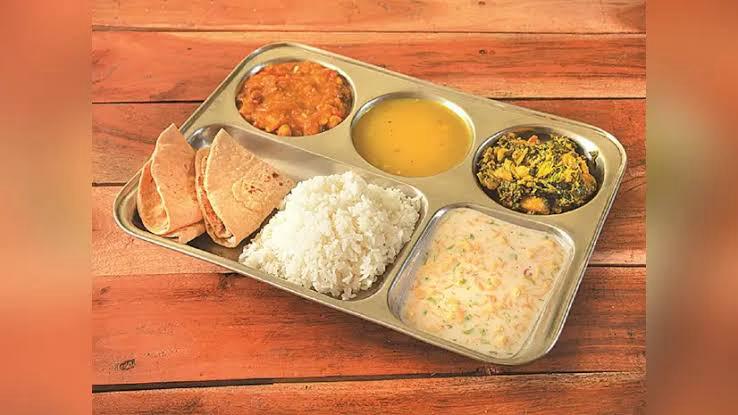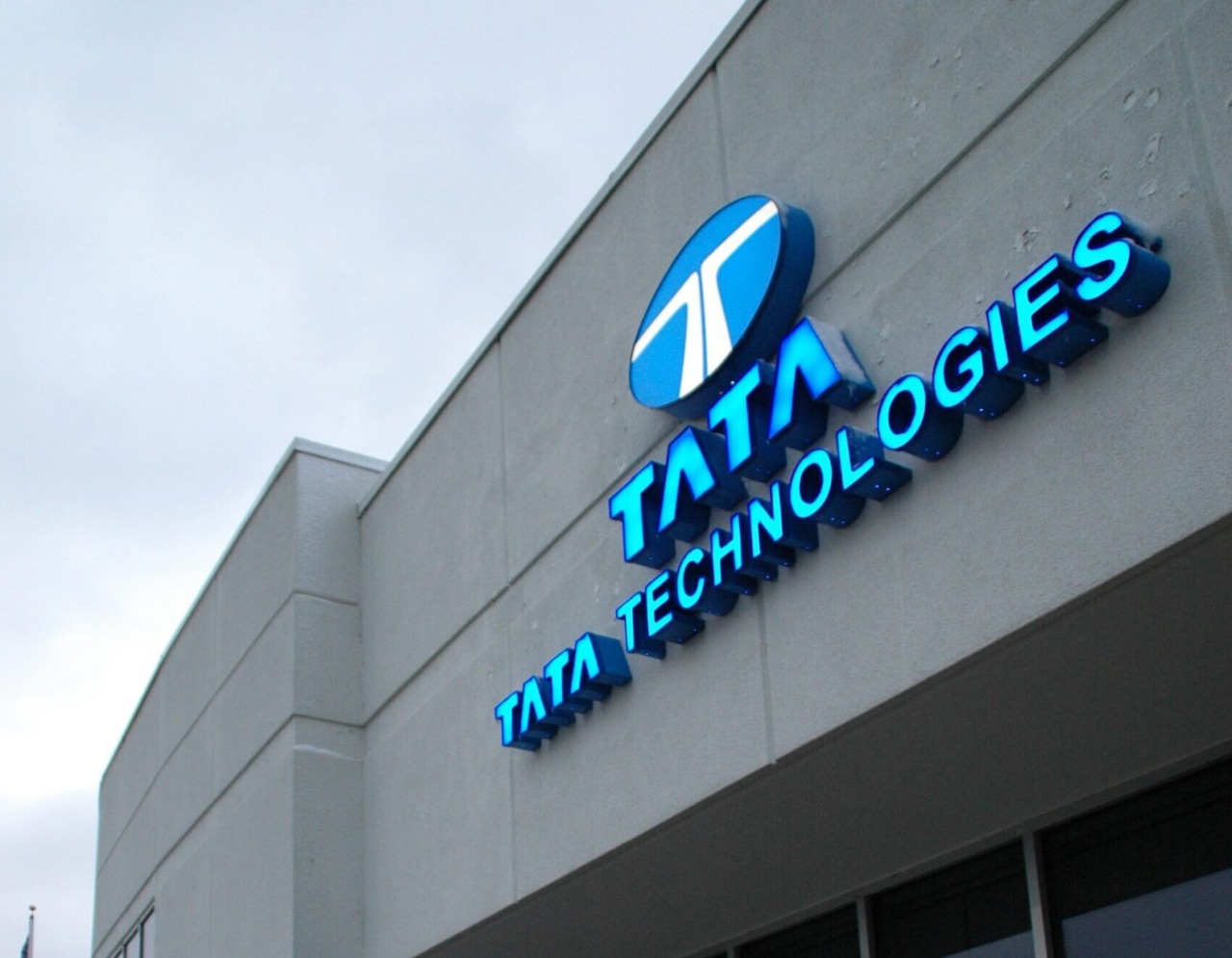 Image Source: Business Standard
Image Source: Business Standard
Key Highlights
Indian homes had some relief in June 2025 as the average price of both vegetarian and non-vegetarian thalis declined year-on-year, according to the latest report by CRISIL. The key drivers were a sharp decline in vegetable prices and a gentle decline in broiler chicken prices.
What's behind the decline?
• The price of a vegetarian thali fell 8% from June 2024, mainly because of steep drops in the prices of tomatoes (24% lower), potatoes (20% lower), and onions (27% lower). This is because of a favorable base effect after the weak production and supply shocks of the previous year.
• Non-veg thalis declined by about 6% as a result of a 3% decline in broiler rates, which contribute to most of the cost of the non-veg meal. Improved poultry supplies and lower prices were responsible for this.
Higher Input Costs Temper the Gains
• Not everything was dipped. Edible oil prices increased 19% year-on-year even as customs duties were reduced, as the gain has not trickled down to the consumers yet. LPG cylinder prices also increased by 6%, partly negating the price fall due to lower vegetables.
• Month to month, nonetheless, thali costs increased. Vegetarian thali costs increased by 3% and non-vegetarian thali by 4% from May to June 2025, mainly due to an increase of 36% in tomato prices and 5% in broiler prices, both triggered by seasonal shortages of the commodities.
Looking Ahead
Analysts forecast thali rates over the next few months will rise as delayed summer sowing and subdued vegetable arrivals push price up. Onion rates also will rise on the back of scarce fresh arrivals and regulated release of warehoused produce. The CRISIL Roti Rice Rate tracks such fluctuations across India and gives a real-time picture of how food inflation and ingredient costs impact the household purse.
Sources: Business Standard, Economic Times, Business Today, Deccan Herald
Advertisement
Advertisement






